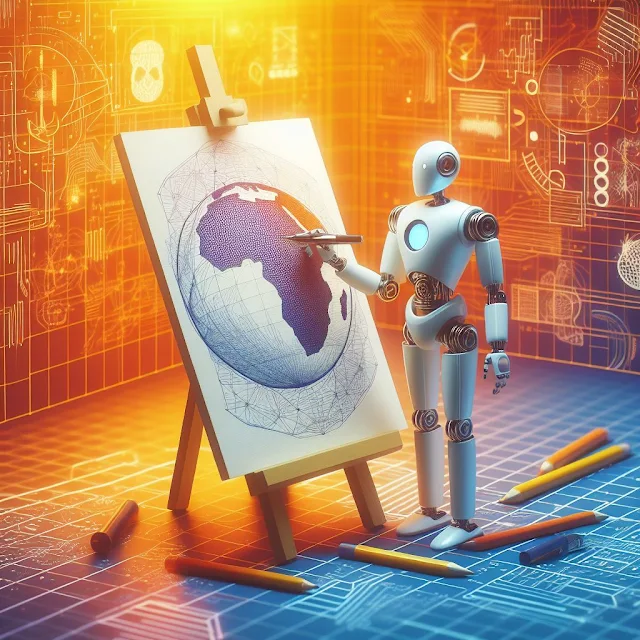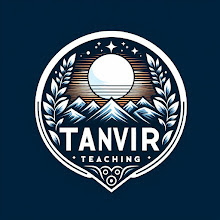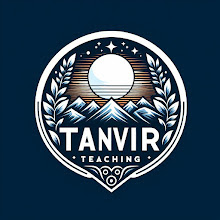Cinematic Marvels: AI in Film and Animation
Introduction:
In the ever-evolving realm of filmmaking and animation, the seamless integration of Artificial Intelligence (AI) has ignited a transformative revolution in special effects. This article delves into the captivating journey of AI in film and animation, unraveling the magic behind the scenes and exploring the nuanced evolution of special effects through AI innovation.
1.**
The Rise of AI in Cinematic Arts:**
The impact of AI on the cinematic landscape transcends mere technological advancement; it signifies a revolutionary shift in storytelling. As filmmakers and animators increasingly embrace AI, it becomes a pivotal creative ally, offering not just tools but an entirely new palette to paint intricate narratives on the silver screen.
2.**AI-Powered Visual Effects:**
The realm of visual effects undergoes a metamorphosis with AI-powered innovations. Deep learning algorithms, fueled by vast datasets, enable the creation of visual spectacles that were once deemed impossible. From breathtaking explosions to mythical creatures, AI's contribution goes beyond aesthetics, fundamentally altering the way filmmakers conceptualize and execute visual storytelling.
3.**
The Role of AI in Character Animation:**
AI's influence in character animation extends beyond movement; it delves into the subtleties of emotion and expression. Machine learning algorithms empower animators to imbue characters with a depth of realism previously reserved for the physical world. This fusion of artistry and technology elevates character animation to an emotive and captivating form of storytelling.
4.**
AI-Enhanced Motion Capture:**
Motion capture, a cornerstone of modern filmmaking, experiences a renaissance with AI enhancements. Beyond the precision of capturing movements, AI algorithms refine and elevate the realism of the captured data. This harmonious marriage of AI and motion capture not only blurs the boundaries between live-action and animation but sets a new standard for immersive storytelling.
5.**
AI-Driven Procedural Generation:**
AI's influence extends to the creation of entire worlds through procedural generation. In genres where world-building is paramount, such as fantasy and science fiction, AI algorithms autonomously craft diverse landscapes, ecosystems, and civilizations. This not only streamlines the creative process but invites filmmakers to explore uncharted territories, pushing the boundaries of visual storytelling.
6.**Real-time
AI Rendering:**
Traditionally, the rendering of complex scenes demanded patience and computational power. Real-time AI rendering disrupts this norm, providing filmmakers with instantaneous visualization. This not only accelerates the production workflow but fundamentally alters the director's interaction with the creative process, offering immediate insights and feedback.
7.**AI
and Facial Recognition for Performance Capture:**
Facial recognition, powered by AI, becomes a cornerstone in performance capture, translating the intricacies of human expression into animated characters. This technological synergy not only simplifies animation but allows actors to convey nuanced performances that bridge the gap between reality and the animated realm.
8.**AI-Enhanced
Soundscapes:**
The auditory dimension of filmmaking undergoes refinement through AI. Soundscapes are no longer merely a complement to visuals; AI algorithms analyze scenes to dynamically generate immersive auditory experiences. This meticulous attention to audio details enhances the overall cinematic journey, captivating audiences on a sensory level.
9.**
AI in Script Analysis and Predictive Analytics:**
AI's influence extends to the pre-production phase, where it aids filmmakers in script analysis and predictive analytics. By analyzing successful scripts, machine learning algorithms provide invaluable insights into plot structures, character arcs, and audience engagement. This data-driven approach empowers filmmakers to make informed decisions that resonate with viewers.
10.**
AI-Assisted Editing:**
Editing, a cornerstone of cinematic storytelling, undergoes a collaborative transformation with AI assistance. By analyzing editing patterns from a vast database of films, AI suggests pacing, transitions, and visual effects, offering editors a creative ally in the post-production process. This harmonious collaboration ensures an efficient workflow without compromising creative integrity.
11.**
AI in Audience Engagement:**
Beyond the creative process, AI plays a pivotal role in engaging audiences. Predictive analytics empower filmmakers to understand audience preferences, facilitating targeted marketing campaigns. AI-driven recommendation systems personalize the viewing experience, ensuring that audiences remain immersed in the cinematic world, fostering a more profound connection between films and viewers.
12.**
The Future Landscape: AI in Storytelling:**
Looking forward, the integration of AI in filmmaking holds the promise of transforming storytelling itself. As algorithms continue to evolve, AI may play an increasingly active role in script creation, generating plotlines based on audience preferences and global trends. This collaborative approach between human creativity and AI innovation could redefine the very essence of narrative construction.
Conclusion: A New Era in Cinematic Innovation:
In conclusion, the evolution of special effects through AI marks a new era in cinematic innovation. As filmmakers continue to embrace AI as a creative partner, the silver screen becomes a canvas where human creativity and technological advancements dance in harmony. This synergy propels the art of filmmaking into uncharted territories, ensuring that the magic of cinema not only endures but evolves, captivating audiences with immersive, visually stunning, and emotionally resonant experiences. The collaborative journey of AI and filmmakers promises a future where the boundaries of cinematic storytelling are continually pushed, inviting audiences to embark on ever more captivating cinematic adventures.








.jpg)






0 Comments